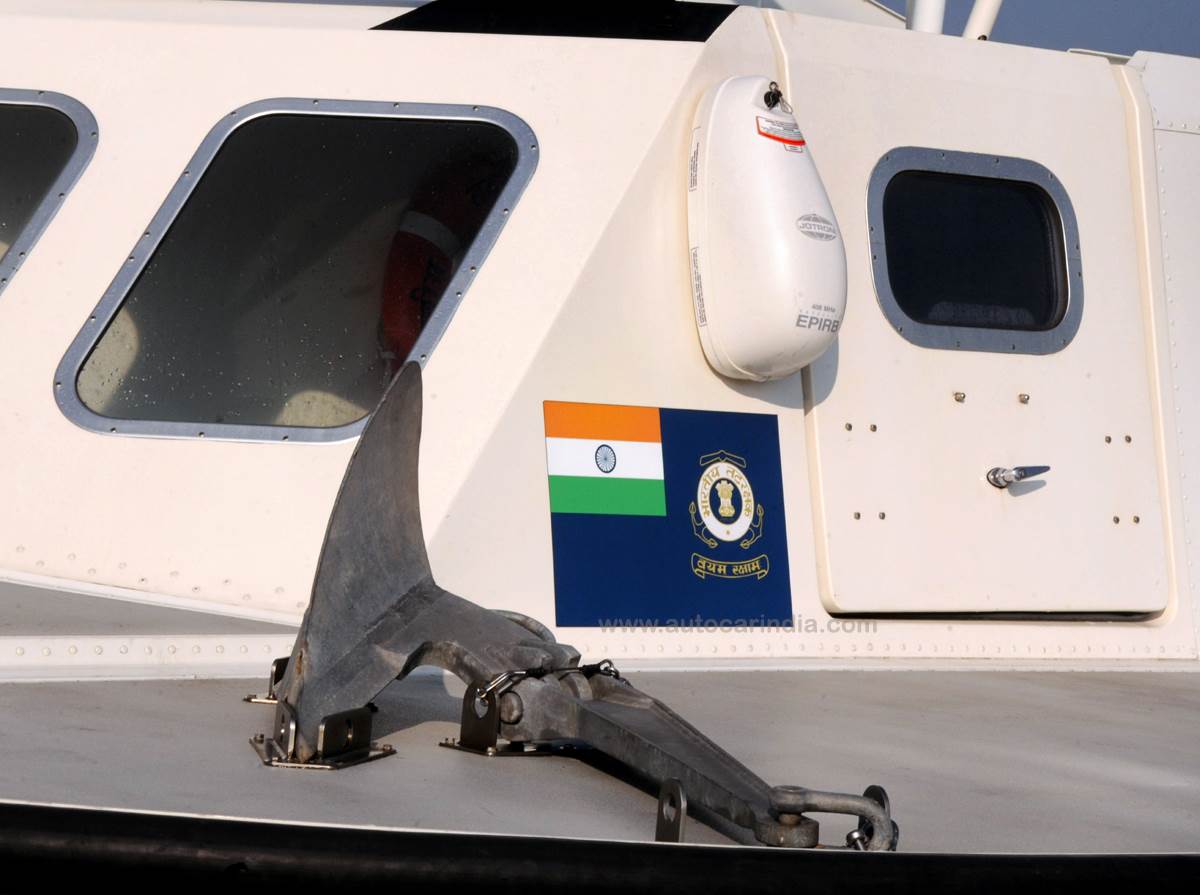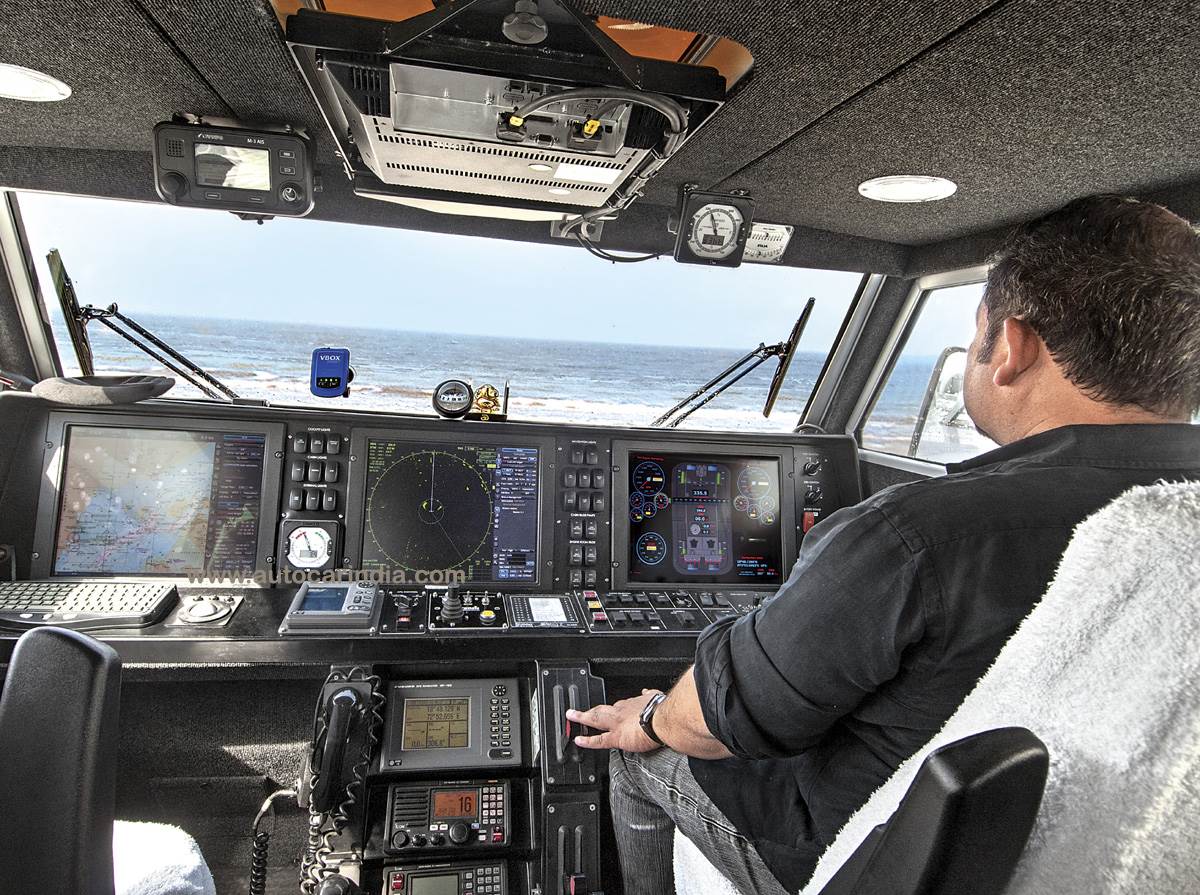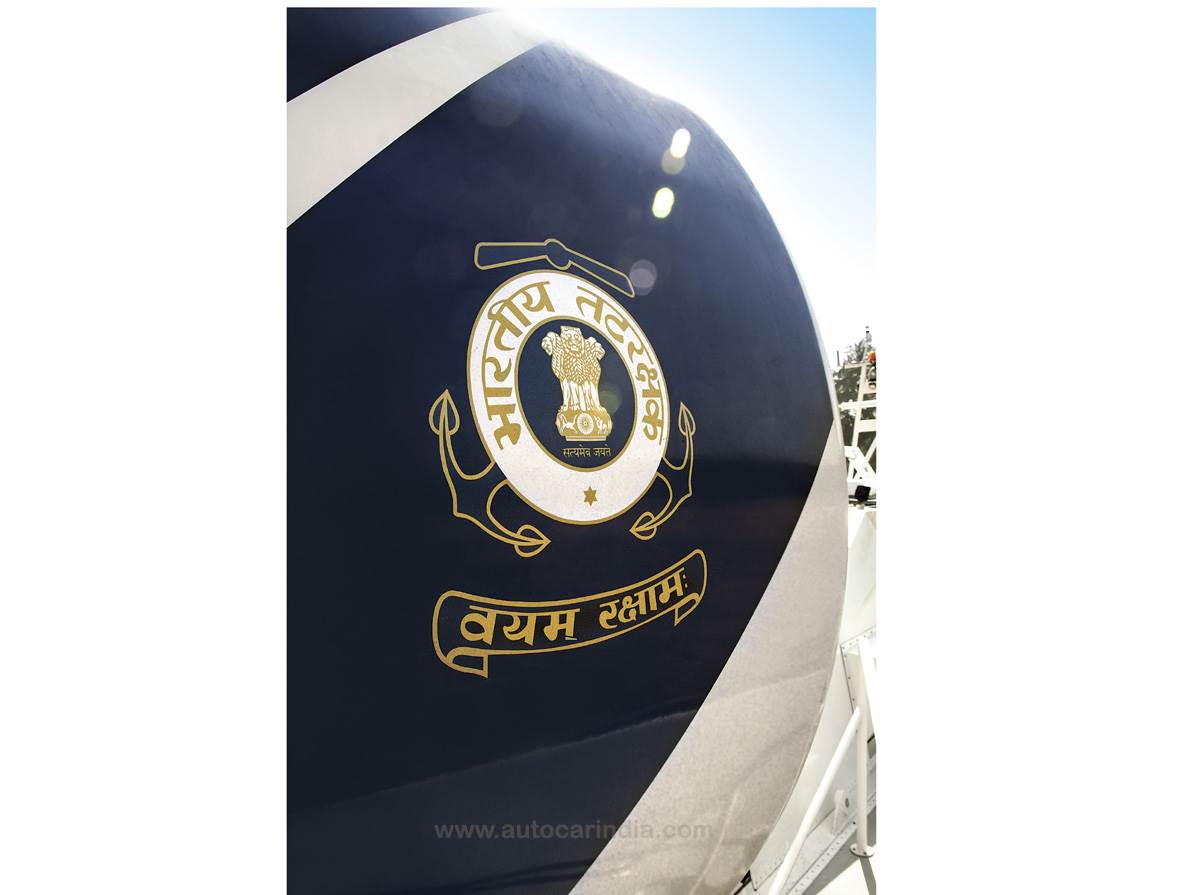The modern hovercraft uses plenty of lateral thinking and high tech to help conquer some really difficult terrain. Come to think of it, so does the Range Rover Sport. Isn’t it time they met?
This article was published in Autocar India Magazine March 2015 issue
Britain in the ’50s was a land awash with optimism. At the time, Jaguar’s XK120 was the fastest production car in the world, the Royal Aircraft Establishment had started work on the Concorde and in Norfolk, an English gent called Sir Christopher Cockerell found a way to make a ‘boat’ ride on a cushion of air. What made Cockerell’s invention even more amazing was that it could ‘float’ on land too. Strangely, around the same time, another Brit, Maurice Wilks, was also working on a car that really didn’t need roads. Greatly impressed by his ex-US Army Jeep, Wilks, then chief designer at Rover, built a much-improved English off-roader you all must have heard of – the Land Rover.
Fast forward to 2015 and some of the descendants of those illustrious machines still survive. Yes, Concorde has been relegated to the museums and Jaguar no longer has a serious contender for the title of world’s fastest production car, but the direct descendants of the original hovercraft and Land Rover are still around.
We’re sitting in one, on a lonely desolate beach somewhere not too far from Mumbai, but the hovercraft is nowhere to be seen. Then we hear it: a low propeller aircraft-like drone, coming from across the bay. It isn’t visible in the murky grey that hangs over the horizon, but we know it’s headed towards us, so we wait.
Then finally, the nose of the white sea monster breaks through, the massive props spinning wildly at the rear. And the closer it comes, the more insane it looks; jets of water erupting everywhere. ‘Pyrotechnics’ done, and play for the camera over, it drifts over the big breakers and effortlessly side-slips onto the beach.
We only truly realise how big the Griffon 8000TD is when it comes right up to us and stops, props still going bananas at the rear. More than 6 metres high, 20 metres long and weighing in at a pavement-crumbling 27 tonnes, this direct descendent of the original hovercraft is one serious piece of kit. The skirt is then deflated and a ladder thrown out. Our friends from the Indian Coast Guard disembark, all the while chuckling at our still flabbergasted expressions; “We told you it was something else,” they say. As dramatic entries go, this is as good as it gets.
Suddenly, our air-sprung vehicle, the otherwise very dramatic Range Rover Sport, looks seriously subdued. Sure, the cliff-like nose and imposing bulk can stop traffic; we absolutely love the manner in which the roofline drops towards the rear and those massive wheels look like they can munch down on anything. But here on the beach, standing next to the Griffon 8000TD, it’s toast.
We’d promised the Coast Guard a similarly fascinating vehicle; now what? Funny thing is, the sailors make a beeline for the Rangie. They pore over it, ask questions about the Terrain Response four-wheel-drive system and generally seem amazed that it is both an extreme off-roader and a luxury car, all rolled into one. “Can you really drive this thing over rocks, and even cross streams?” they ask in amazement, experiencing the sumptuous leather seats, wood panelling and deep pile carpets. Next, we demonstrate the Sport’s air suspension, lifting the hulk 310mm up on columns of highly compressed air. “Ours can be lifted a little bit higher,” the Captain says in jest, but he agrees the Sport is a hugely fascinating vehicle. Phew. Honour of the automobile industry upheld, we begin to compare and contrast our mounts.

Surprisingly, these two have loads in common. Of course, both ride on cushions of compressed air. Whereas the Range Rover uses a separate air pump to keep the pressure up, the area that needs to be inflated on the hovercraft is so large, big fans keep the ‘skirt’ pressurised.
Both vehicles also use rubber to keep the air in. The Griffon’s skirt is made of special rubber that is very durable, and the edge is stiff, so it forms a ‘seal’ with the ground. The Rangie may use steel struts, but there’s plenty of rubber used here too, especially in parts like the bellows. And let’s not forget the air-filled rubber tyres, which are what carry the weight of the car in the first place.
Both use similar power sources as well. The Sport is powered by a 288hp common-rail diesel and Griffon uses a pair of 929hp IVECO common-rail diesels. Power to weight and torque to weight are unsurprisingly in favour of the Sport at 136.1bhp per tonne, in contrast to 68.8bhp per tonne for the hovercraft. And, despite their massive kerb weights, both use plenty of aluminium in their construction.
We do a quick walk around the Sport and explain what makes it so special to our friends from the Indian Coast Guard. Things that fascinate them about the Range Rover include the air suspension and the eight-speed gearbox; they marvel at how the Sport opens and closes its differentials electronically, and, of course, they admire the active stability systems like ESP.
The Griffon, on the other hand, is hugely fascinating to us. How does it get all that bulk to sit stable on a cushion of air? And let’s not forget it’s the only propeller-powered vehicle to travel over land; and the only one that uses ‘thrust vectoring’ for direction control on land too. What makes everything work on the hovercraft, of course, is diesel power. The twin IVECO engines put out a combined 1858hp and this is used to both lift it up and propel it forward. Things are set up so that each engine powers one fan at the rear and provides thrust to help inflate the air cushion.

We climb into the cockpit of the Griffon and settle down. The commanding view is better than from the driver’s seat of any SUV. We are, effectively, sitting on the first floor, after all. And this is a proper cockpit. You sit right up front, close to the windshield and there’s no boat-like big wheel to help you steer. The controls are aircraft-like too. It figures; you do actually ‘fly’ a hovercraft in two dimensions: think about it. And there’s a modern aircraft-like ‘glass cockpit’ as well, full of screens and toggle switches. Your left hand controls the twin throttles, there are pitch controls that are essential to help you maintain the right attitude or angle of attack, and then there’s the main control joystick that controls the ducted fans at the rear.
Before you set off, you need to first inflate the skirt. So start up the engines and ease the throttles forward. As soon as you do this, the hovercraft rises gently off its hull (yes, underneath the skirt is a boat-like hull which allows it to float, should the need arise). A bit more power, around 1200rpm, sees it lift clean off the surface of the beach. In a controlled hover, it can actually crawl over large rocks and other waist-high obstacles that come in its path.
Now logically, you’d imagine that ground pressure, or the force it exerts on the ground, would be massive. But no, pressure isn’t very high. Remember, the surface area of the air cushion is just massive. In fact, so low is the ground pressure, the hovercraft leaves almost no impression on the sand – it just looks like a broom has been swept over it, nothing more.
Even our footprints are much deeper
We’re up on the air cushion now. But to get moving, you need a bit more power, so the throttle levers are pushed forward again; and instantly, the hovercraft skims off, without too much apparent effort. Now in the state of a mild drift, the tail stepping out a tad, we gather pace pretty quickly. Before we know it, we are in the middle of the bay; this thing is quick compared to a boat. Remember, it will do 50 knots (around 90kph) in calm water and that’s faster than any conventional boat of this size. Of course, what makes it sensational is the fact that it wants to drift all the time. “Keeping it going straight is the biggest challenge,” says the Captain. “You have to nudge it gently into a turn and then keep the angle as you start to change direction. Remember, there is a big difference between direction and the attitude, or the angle at which the craft is drifting.” And straightening out afterwards needs to be done very neatly. The best way is to add some power and accelerate out. It helps because it transfers a bit more weight to the rear, which, of course, stabilises it.
We hook up our V-box timing gear to it too; this is Autocar, after all. Acceleration isn’t Lamborghini-quick, but a 0-50kph time of 64seconds is good for a 27-tonne boat.
The Range Rover is pretty sensational too. Whereas our support car, another SUV, kept bogging down, it was clear the Sport wasn’t even trying. Having driven one out of dunes where you can sink down to your knees, I know just how capable this car is. What’s great is that once it is in sand mode, the wheels are allowed to spin a bit to help find purchase. The car holds on to higher engine revs and below a certain speed, the stability system is disengaged so that you can keep up the momentum.

So there you have it, two amazing vehicles that use similar tech to achieve different ends. Both British, both descendants of pioneers that started trends, and both legends – we’re likely to see much more of them in the future. While the aluminium-bodied Range Rover Sport is clearly here to stay, hovercrafts are gaining in popularity too. The Indian Coast Guard, for example, already has 18 Griffon 8000TDs in its fleet, and with the prospect of them being assembled in India in future, they could become a more common sight. Look out for one the next time you’re on or around the coast – we promise you a spectacle.
| Griffon 8000TD vs Range Rover Sport | ||
|---|---|---|
| Griffon 8000TD | Range Rover Sport | |
| Price | Rs 26 crore (approx) | Rs 1.57 crore (ex-showroom, Mumbai) |
| 0-50kph | 64 sec | 2.7 sec |
| 0-100kph | NA | 7.9 sec |
| Top speed | 93kph plus (estimated) | 210kph (estimated) |
| Kerb weight | 27 tonnes | 2115kg |
| Engine layout | Two V8, 20080cc, turbo diesels | V6, 2993cc, twin-turbo diesel |
| Installation | Rear, longitudinal | Front, longitudinal |
| Bore/stroke | 145/152mm | 84.0/90.0mm |
| Power | 929bhp at 2100rpm(each) | 288bhp at 4000rpm |
| Torque | 372kgm at 1400rpm | 61kgm at 2000rpm |
| Power to weight | 68.81bhp per tonne | 136.17bhp per tonne |
| Specific output | 92.52bhp per litre | 96.22bhp per litre |
| Gearbox | NA | 8-speed automatic |
| Length | 21,200mm | 4846mm |
| Width | 11,300mm | 1939mm |
| Height | 6660mm | 1705mm |
| Wheelbase | NA | 2895mm |
| Suspension | Air suspension | Independent, air suspension |
























